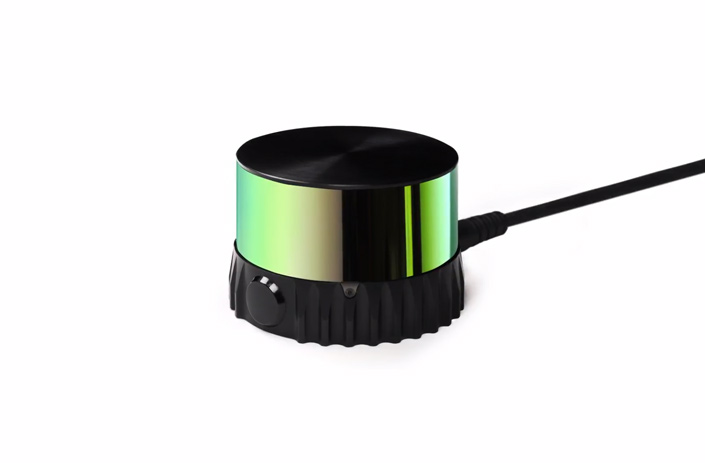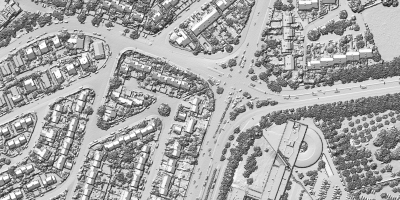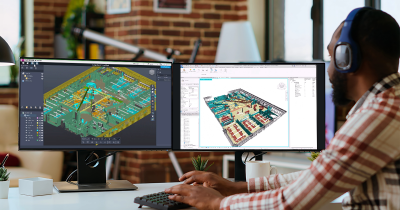Beating product performance and prices from the biggest companies in the lidar industry doesn’t seem like an easy task. The San Francisco-based company Ouster is looking to do just that.
Founded in 2016, Ouster received $27 million in Series A funding, led by Cox Enterprises, with participation from Fontinalis Partners, Amity Ventures, Constellation Technology Ventures, Tao Capital Partners, and Carthona Capital. The company also launched its first product: the OS1 model lidar.
The question is: How did Ouster suddenly emerge from stealth and gain an attention in a competitive industry? To start with, Ouster CEO Angus Pacala was the co-founder and Engineering Director of Quanergy, a company that is also developing lidar solutions. Mark Frichtl, Ouster’s Co-Founder and CTO, was the former head of engineering of Quanergy Systems. As far back as high-school, both co-founders had an interest in autonomous cars and worked on problem sets together.
What led them to start a new company? “Lidar is the best technology for helping a computer understand its environment and a key technology for AVs,” Pacala explains. “The existing solutions weren’t meeting customers needs in terms of size, cost, performance, reliability and availability. We decided to change that with the world’s smallest 64 channel lidar system. We started the company 2.5 years ago have spent that time developing our core product, the OS-1.”
With a focus on reducing costs, the OS-1 is Ouster’s first available product. The compact OS-1 64-channel Lidar aims to beat similarly spec’ed sensors on size, too: It measures only 53mm in height by 80mm in diameter, and weighs 250g. It features a 31.6º vertical and 360º horizontal field-of-view, 10 to 20hz rotation rate, 64 × 2048 (10 Hz) resolution, range of up to 100m, and around 3 cm accuracy.
The company claims it has already “brought down the price of high-performance lidar by 6 times” and the OS-1 lidar sensor “doesn’t suffer from the manufacturability/scalability problems” of competing lidar products.
“The OS-1 employs a fundamentally different set of technologies to achieve the same high performance as traditional units on the market,” Pacala continues. “This was an essential change we had to make. You simply cannot package the traditional technology to the size of an OS-1. I can’t comment specifically on what’s going on inside, but we have a core expertise in custom semiconductor design and have replaced 1000’s of discrete electronics with a single custom silicon chip.”
Ouster says that the extremely tight integration of its lidar sensor yet helps them produce it at a lower cost, while maintaining high reliability and high performance.
As to which industries Ouster is aiming for, Pacala said “the OS-1 has the performance to be the main perception sensor in a Level 5 AV. However, owing to its small size, weight, and power, it is also a great fit for a number of other robotics platforms like drones, and lightweight EV’s and fixed installations for smart infrastructure projects.”
If you have any interest in checking the technology, check Ouster’s AutoMobili-D booth #AD15 at the Detroit Auto Show 2018 from January 14-28th.
Ouster didn’t comment on any future products or news, but the company is “committed to always being the lowest cost, highest performance option in the market”. The OS-1 Lidar sensor is available now for $12,000 (or $8,000 for universities, and research users).








